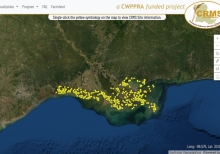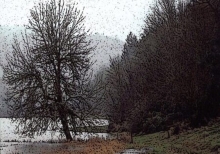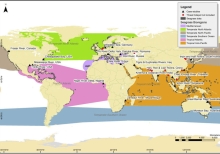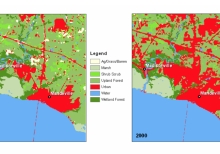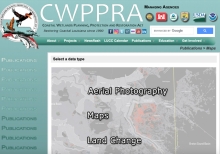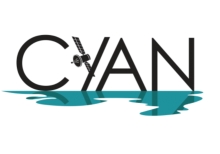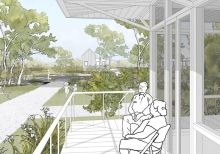Coastwide Reference Monitoring System
The Coastwide Reference Monitoring System (CRMS) was designed to monitor the effectiveness of restoration actions at multiple spatial scales from individual projects to the influence of projects on the entire coastal landscape. The CRMS design includes a suite of sites encompassing a range of ecological conditions in swamp habitats and fresh, intermediate, brackish, and salt marshes. The CRMS reference network approach allows for comparisons of changing conditions at CRMS sites within and outside of restoration and protection projects."
